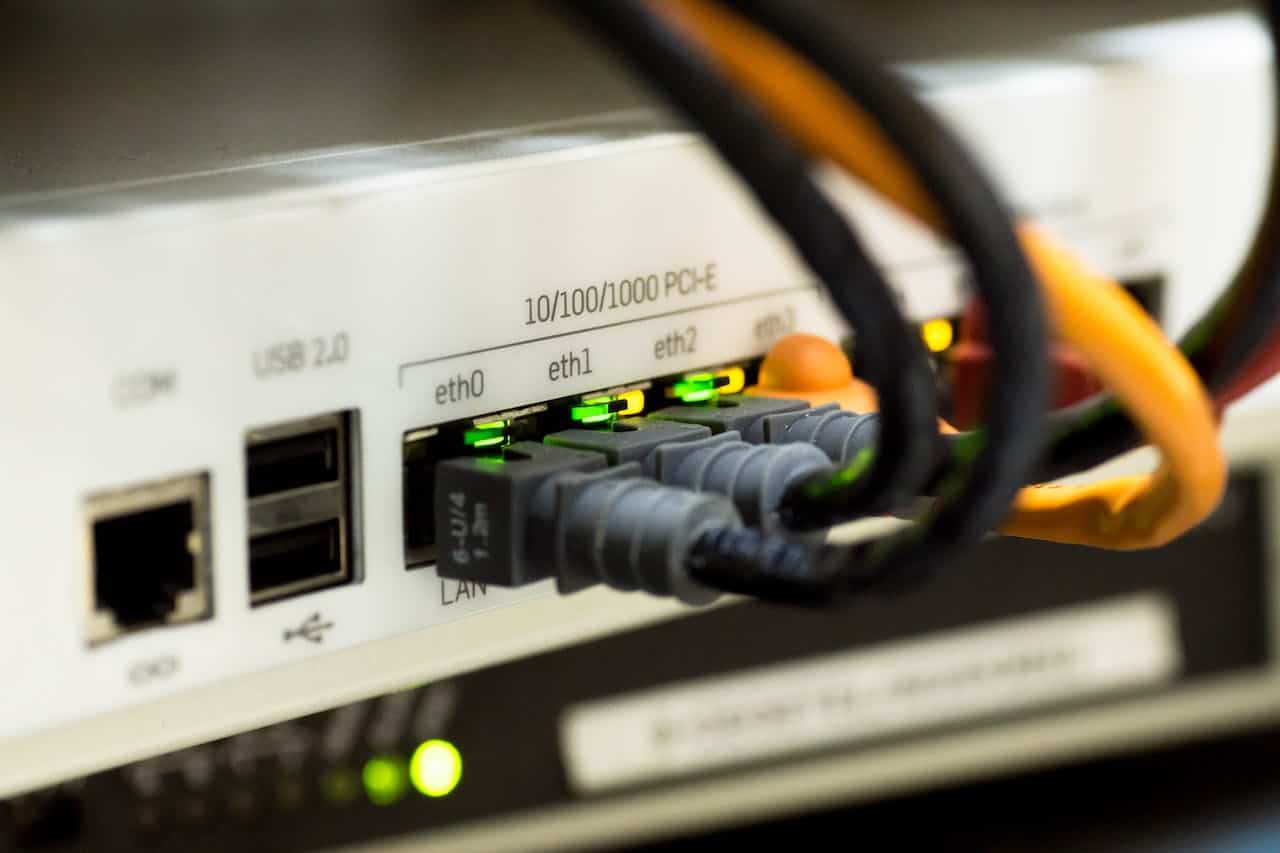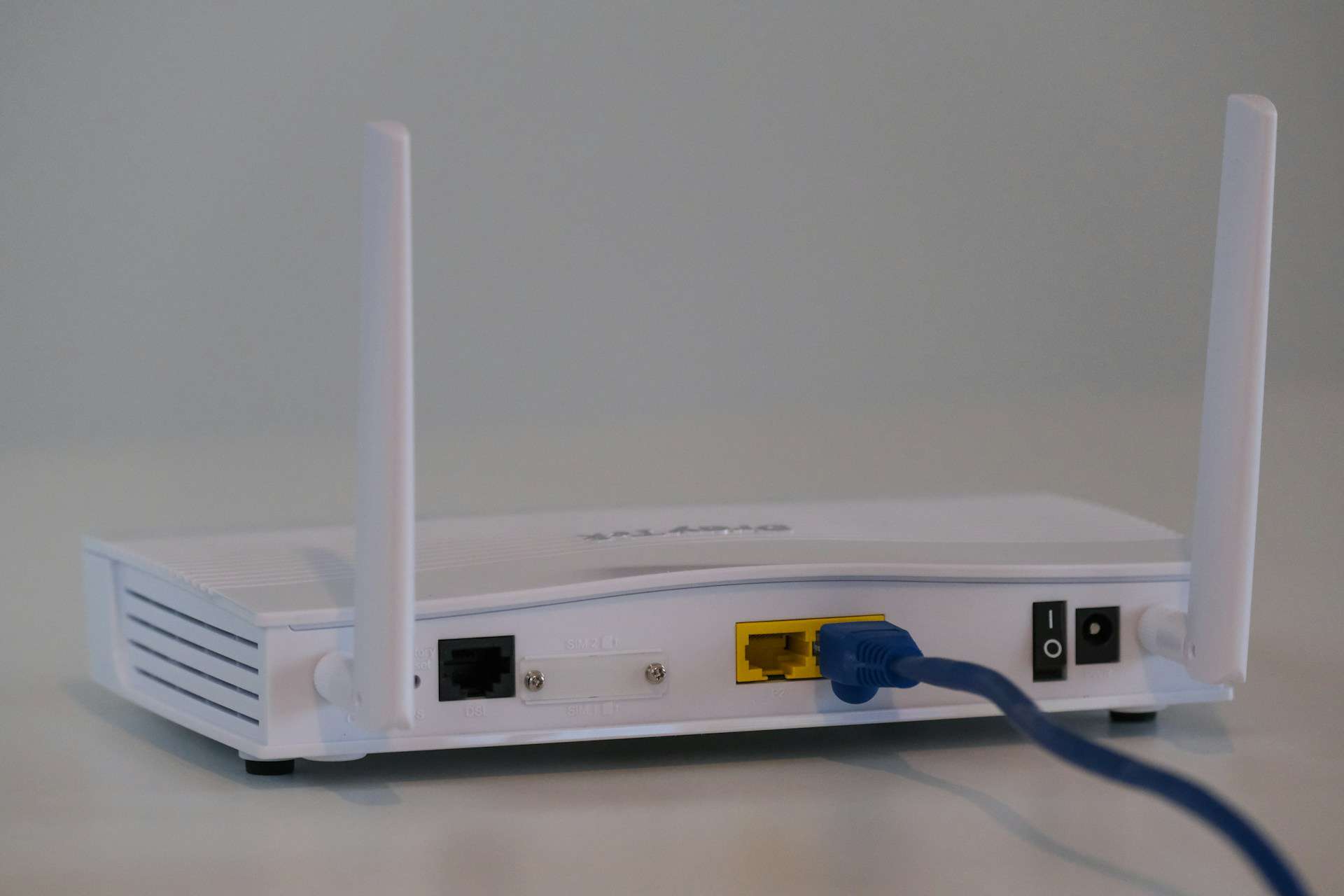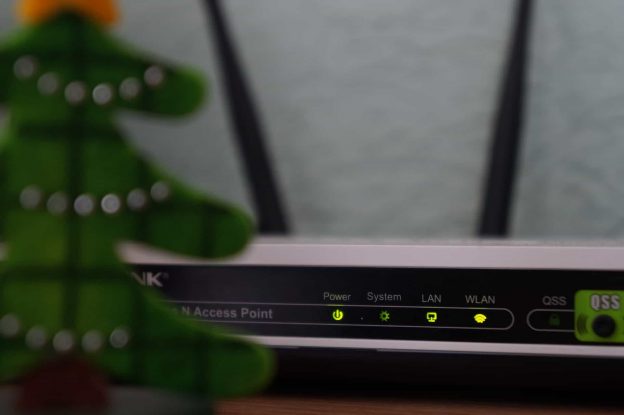In today’s digital age, where internet connectivity is essential for daily life, opting for a wired connection offers distinct advantages over wireless alternatives. Wired connections provide unparalleled reliability, stability, and consistent speeds, making them ideal for tasks like online gaming, video conferencing, or large file downloads.
Ethernet cables offer a direct and unobstructed path between your computer and the router, ensuring faster and more predictable data transfer rates. This article will guide you through the steps of setting up a wired connection, highlighting the essential components needed for a seamless and reliable internet experience.
Related Link: How to Login to Your Router and Change Wi-Fi Settings
Connecting Your Computer Directly to Your Router
Connecting your computer directly to your router through a wired connection is a straightforward process that can significantly enhance your internet experience. To initiate this connection, begin by ensuring that your computer is equipped with an Ethernet port, commonly found on both desktop computers and laptops. This port resembles a slightly larger telephone jack and serves as the entry point for the Ethernet cable.
With your computer ready, proceed to the next step of connecting it to your router. For this task, you’ll need an Ethernet cable, also known as an RJ45 cable. One end of the Ethernet cable is inserted into the Ethernet port on your computer, while the other end finds its place in one of the available Ethernet ports on your router.
These ports are typically labeled as “LAN” (Local Area Network) or numerically as “LAN1,” “LAN2,” and so on. Once the cable is securely connected at both ends, your computer should automatically establish a wired internet connection, requiring no additional logins or configurations.
This direct wired connection ensures a stable and fast internet experience, making it an ideal choice for tasks that demand reliability and consistent speeds. While wireless connections are susceptible to interference and signal degradation, a wired connection bypasses these issues, providing you with a dependable link to the digital world.
Whether you’re working on important projects, engaging in online gaming, or streaming high-definition content, a wired connection can be a game-changer, offering a smoother and more responsive online experience. In the next section, we’ll explore how to adapt to situations where your computer lacks an Ethernet port, ensuring that even laptops designed for portability can benefit from wired connectivity.
Ready to enhance your internet connection? Discover VMedia’s range of plans for seamless connectivity.
Adapting to Computers Without Ethernet Ports
In the era of slim and lightweight laptops, it’s not uncommon for computers to be devoid of Ethernet ports. While these portable devices excel in mobility, they may require some adaptation to enjoy the benefits of a wired connection. In such cases, the solution lies in using a USB adapter, which allows you to bridge the gap between your laptop and the Ethernet cable.
USB adapters come in various forms, catering to different types of laptops and their available ports. Two common examples include USB-C to Ethernet and USB-A to Ethernet adapters. USB-C adapters are suitable for modern laptops that feature USB-C ports, while USB-A adapters are compatible with devices equipped with traditional USB-A ports.
These adapters are compact and easy to use, making them an ideal choice for laptop users seeking to harness the advantages of wired connectivity.
To employ a USB adapter, simply plug it into the appropriate port on your laptop. Once connected, you can then insert the Ethernet cable into the adapter, creating a direct wired connection between your laptop and the router. This adaptability ensures that even laptops designed with portability in mind can benefit from the stability and reliability of a wired internet connection.
Whether you’re working remotely, participating in video conferences, or engaging in online activities that demand a stable connection, using a USB adapter allows you to enjoy the benefits of wired connectivity on your laptop.
It’s a versatile solution that bridges the gap between the convenience of wireless technology and the reliability of a wired network. In the following section, we’ll discuss the various types of cables used in computer networking, providing you with insights into choosing the right cable for your specific needs.

Understanding the Types of Cables
Ethernet cables serve as the lifelines of wired connections, and choosing the right cable for your networking needs is essential. Understanding the primary cable categories used in computer networking, including Ethernet, telephone, and coaxial cables, empowers you to make informed decisions when setting up your wired connection.
Ethernet cables, often referred to as RJ45 cables, are the go-to choice for connecting computers, game consoles, streaming devices, and more to a local network. These cables feature connectors on both ends that resemble phone jacks but are wider and more robust.
The Ethernet cable itself is thicker than a telephone cable and contains four twisted pairs of insulated copper wires. These cables are designed for high-speed data transfer and offer excellent reliability for wired connections.
Telephone cables, on the other hand, are primarily used for connecting landline phones. While they may share similarities in appearance with Ethernet cables, telephone cables have fewer wires and use smaller RJ11 connectors with up to six pins.
Unless you are using dial-up internet or DSL, you are unlikely to encounter telephone cables in a networking context. It’s crucial to note that while a telephone cable connector may physically fit into an Ethernet port, doing so can damage the port, so it’s essential to ensure the correct cable is used for each purpose.
Coaxial cables, often referred to as coax cables, have a distinct appearance compared to other networking cables. They feature circular connectors with a single sharp pin in the middle and are commonly used for cable TV connections. Coaxial cables are employed to connect cable modems to the internet, as well as for some TV antennas and cable TV boxes. These cables are known for their durability and reliability in transmitting data signals.
When setting up your wired network, selecting the appropriate cable is crucial for optimal performance. Ethernet cables, particularly those labeled as CAT5, CAT5e, or CAT6, are the preferred choice for high-speed and reliable connections.
CAT5 cables support speeds of up to 100 Mbps, while CAT5e can handle speeds of up to 1,000 Mbps. CAT6 cables introduce shielding to reduce interference and support speeds of up to 10,000 Mbps. It’s essential to match your cable choice with your network requirements to ensure a smooth and efficient wired connection.
Related Link: How to Choose the Right Internet Plan
Advantages of a Wired Connection
A wired connection offers several advantages that can significantly improve your internet experience, especially in situations requiring a stable and high-speed connection. One key benefit is reliability.
Unlike Wi-Fi signals, which can be affected by interference and obstacles, wired Ethernet connections provide a secure and consistent pathway for data transmission. Whether you’re working on critical tasks, streaming high-definition content, or participating in video conferences, an Ethernet cable ensures fewer signal drops and a more dependable internet connection.
Another advantage of a wired connection is the ability to bypass Wi-Fi bottlenecks. If you have a high-speed internet plan but haven’t updated your router in a while, your Wi-Fi might not be delivering the full potential of your connection.
By directly connecting your computer to the router using an Ethernet cable, you can unlock the maximum speed of your internet connection, resulting in a smoother and more responsive online experience. This is particularly beneficial for tasks that demand fast and reliable internet access, such as online gaming or large file downloads.
Want to optimize your router-to-modem connection? Find the right internet plan with VMedia to enhance your online experience.

The Reliability and Performance of a Wired Connection
A wired connection offers unparalleled advantages in today’s digital age, providing reliability, stability, and consistent speeds that enhance various online activities, from gaming to video conferencing. By connecting your computer directly to your router through an Ethernet cable or using USB adapters for laptops without Ethernet ports, you can bypass Wi-Fi limitations, maximize your internet speed, and reduce latency.
Understanding cable types, especially Ethernet cables, empowers you to make informed choices for setting up a reliable wired network. Whether you prioritize reliability, speed, or reduced latency, embracing a wired connection elevates your internet experience to new heights, making it a valuable choice for both professionals and enthusiasts.
Find Quality Internet with VMedia
Affordable Connectivity for Everyone: VMedia’s Internet 100 plan is designed for affordability and efficiency, providing speeds of up to 100 Mbps at only $44.95 per month. Ideal for 4-5 users, this plan ensures reliable internet without breaking the bank. Sign up today and take advantage of free modem rental and no term contracts!
Stream and Surf with Ease: For smaller households, VMedia’s Internet 30 plan offers up to 30 Mbps download speed at a low cost of $38.95 per month. Perfect for 3-4 users, this plan balances speed and affordability. Join now and enjoy uninterrupted streaming and surfing!
Power Your Digital Life: The Internet 500 plan by VMedia, priced at $84.95 per month, is tailor-made for heavy internet users. With up to 500 Mbps download speed, it’s ideal for 5+ users in a household. Embrace the power of high-speed internet and get a $50 credit with VMedia Premium Flex TV upon signing up.

